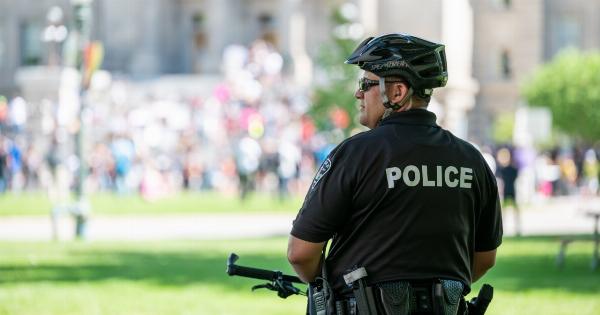As the winter months approach and colder temperatures become the norm, many people experience an increase in back pain. While it may seem like a coincidence, there is a strong connection between cold weather and back pain.
In this article, we will explore this connection and provide tips on how to manage back pain during the colder months.
Why Does Cold Weather Affect Our Backs?
There are several reasons why cold weather affects our backs. Firstly, when the weather is colder, the muscles in our body tend to contract. This happens as a natural defense mechanism to keep our body warm.
The problem is that these contracted muscles can lead to stiffness and pain, particularly in the back.
Another reason why cold weather affects our backs is that it can impact our circulation. When we are exposed to cold temperatures, our blood vessels constrict. This reduces blood flow to our muscles and can lead to tension and pain.
In addition, cold weather can also affect our joints. The cooler temperatures can cause the fluid in our joints to thicken, reducing mobility and increasing the risk of pain and stiffness.
The Impact of Back Pain
Back pain can have a significant impact on our daily lives. It can make it difficult to perform even the simplest tasks, such as getting out of bed or sitting at a desk.
It can also impact our mental health, causing stress and anxiety as we struggle to manage the pain.
For many people, back pain is a chronic condition that requires ongoing management. However, during the colder months, it can be even more challenging to manage this pain.
This is why it is important to understand the connection between cold weather and back pain and take steps to manage it effectively.
Tips for Managing Back Pain during Colder Months
Fortunately, there are several steps you can take to manage back pain during the colder months. Here are some tips to help you keep your pain under control:.
1. Stay Warm
The first step in managing back pain during colder months is to stay warm. Dress in layers and wear clothing that will help you retain heat.
Investing in a good-quality coat, gloves, and a hat will help you to stay warm and comfortable even in the coldest temperatures.
2. Stretch Regularly
When your muscles are tight, it can exacerbate back pain. Stretching can help to reduce muscle tension and relieve pain. Make sure to stretch regularly throughout the day, particularly before and after physical activity.
3. Stay Active
Even though it may be tempting to stay indoors and avoid physical activity during the colder months, staying active can actually help to manage back pain. Exercise helps to increase blood flow, reduce tension, and improve flexibility.
Find a physical activity that you enjoy, such as yoga, swimming, or walking, and make it a regular part of your routine.
4. Maintain Good Posture
Poor posture can put added stress on our backs, leading to pain and discomfort. Make an effort to maintain good posture throughout the day, whether you are sitting at a desk or standing for long periods of time.
If necessary, invest in a supportive chair or cushion to help you maintain good posture and reduce the risk of back pain.
5. Use Heat Therapy
Heat therapy can be an effective way to alleviate back pain during colder months. Applying heat to the affected area can help to increase blood flow, reduce muscle tension, and relieve pain.
You can use a hot water bottle, heating pad, or take a warm bath to help soothe sore muscles and ease pain.
Conclusion
Back pain during colder months is a common problem, but it is not something that you have to suffer through.
By understanding the connection between cold weather and back pain and taking steps to manage your pain effectively, you can enjoy the winter months without debilitating pain and discomfort.





























